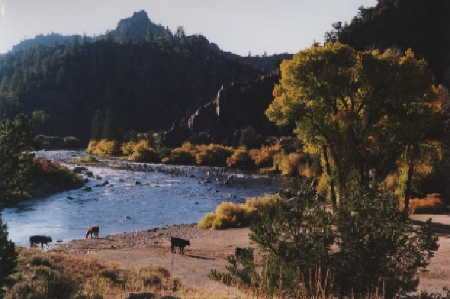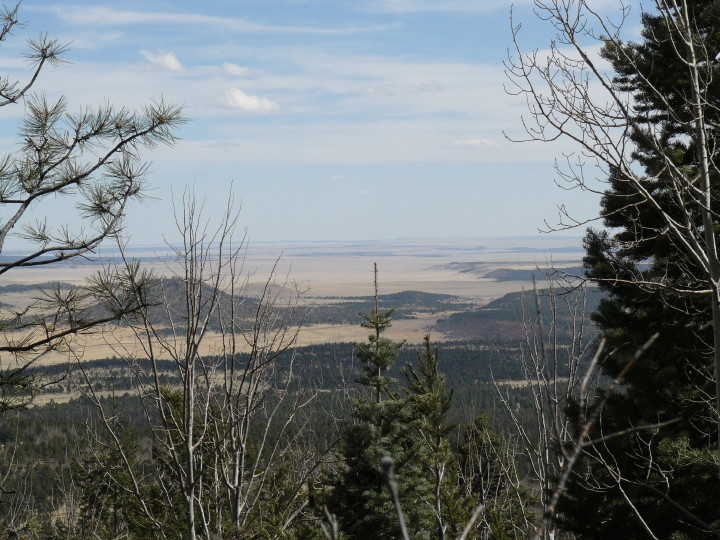mailto:sternberg.david@epa.gov>
EPA Announces "Eyes on Drilling" Tipline
PHILADELPHIA (January 26, 2010) - The U.S. Environmental Protection
Agency today announced the creation of the "Eyes on Drilling" tipline
for citizens to report non-emergency suspicious activity related to oil
and natural gas development.
The agency is asking citizens to call 1-877-919-4EPA (toll free) if they
observe what appears to be illegal disposal of wastes or other
suspicious activity. Anyone may also send reports by email to
eyesondrilling@epa.gov
provide tips anonymously if they don't want to identify themselves.
In the event of an emergency, such as a spill or release of hazardous
material, including oil, to the environment, citizens are advised to
call the National Response Center at 1-800-424-8802.
Public concern about the environmental impacts of oil and natural gas
drilling has increased in recent months, particularly regarding
development of the Marcellus Shale formation where a significant amount
of activity is occurring. While EPA doesn't grant permits for oil and
gas drilling operations, there are EPA regulations which may apply to
the storage of petroleum products and drilling fluids. The agency is
also very concerned about the proper disposal of waste products, and
protecting air and water resources.
EPA wants to get a better understanding of what people are experiencing
and observing as a result of these drilling activities. The information
collected may also be useful in investigating industry practices.
The agency works closely with state and local officials, as well as
industry and public interest groups, to ensure that oil and natural gas
drilling occurs in a manner which is protective of human health and the
environment and complies with applicable laws. The agency is also
counting on concerned citizens to report unusual or suspicious activity
related to drilling operations.
EPA is asking citizens to report the location, time and date of such
activity, as well as the materials, equipment and vehicles involved and
any observable environmental impacts.
The Marcellus Shale geologic formation contains one of the largest
mostly untapped reserves of natural gas in the United States. It
underlies significant portions of Pennsylvania, West Virginia, Ohio, and
New York, and smaller portions of Tennessee, Virginia, Maryland, and
Kentucky.
Interest in developing Marcellus Shale has increased because recent
improvements in natural gas extraction technology and higher energy
prices now make recovering the gas more profitable.
Operators produce this gas through a process called hydraulic fracturing
(fracking). Fracking requires drilling a well thousands of feet below
the land's surface and pumping down the well under pressure millions of
gallons of water, sand, and chemicals to fracture the shale.
The process allows the gas trapped in the formation to flow to the well
bore. Approximately 20 to 30 percent of the fluid flows back to the
surface. This "flowback" fluid consists of fracking fluid and brines
which contain dissolved minerals from the formation.
Operators are urged to recycle their flowback water for reuse in the
fracking process, but some of the flowback is taken offsite for
disposal. Chemicals used in the process are often stored on-site.
Spills can occur when utilizing these chemicals or when transporting or
storing wastewater, which can result in the contamination of surface
water or ground water, which is used for many purposes including
drinking water.
Instructions for the tipline can be found at:
http://www.epa.gov/region03/marcellus_shale/tipline.html










